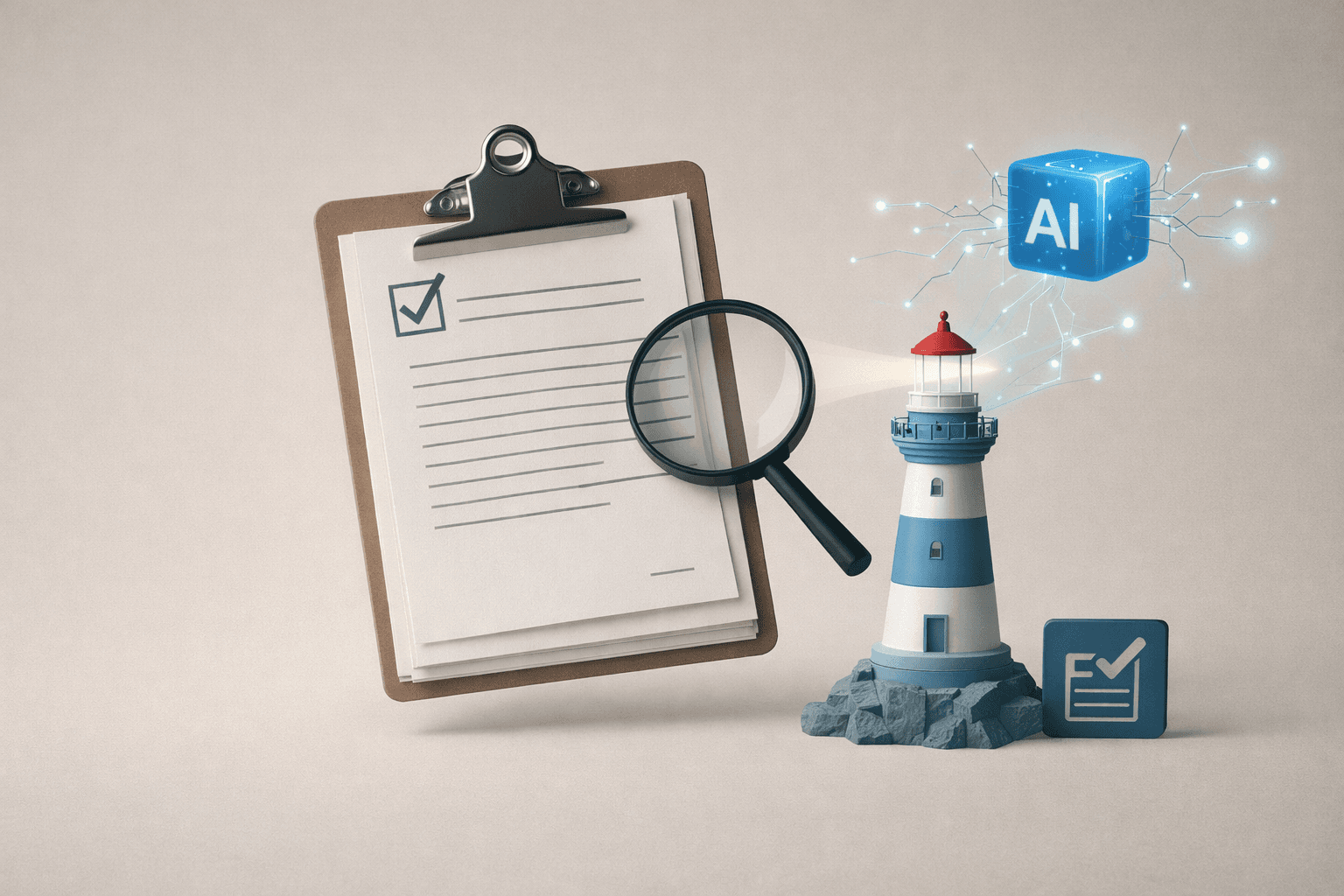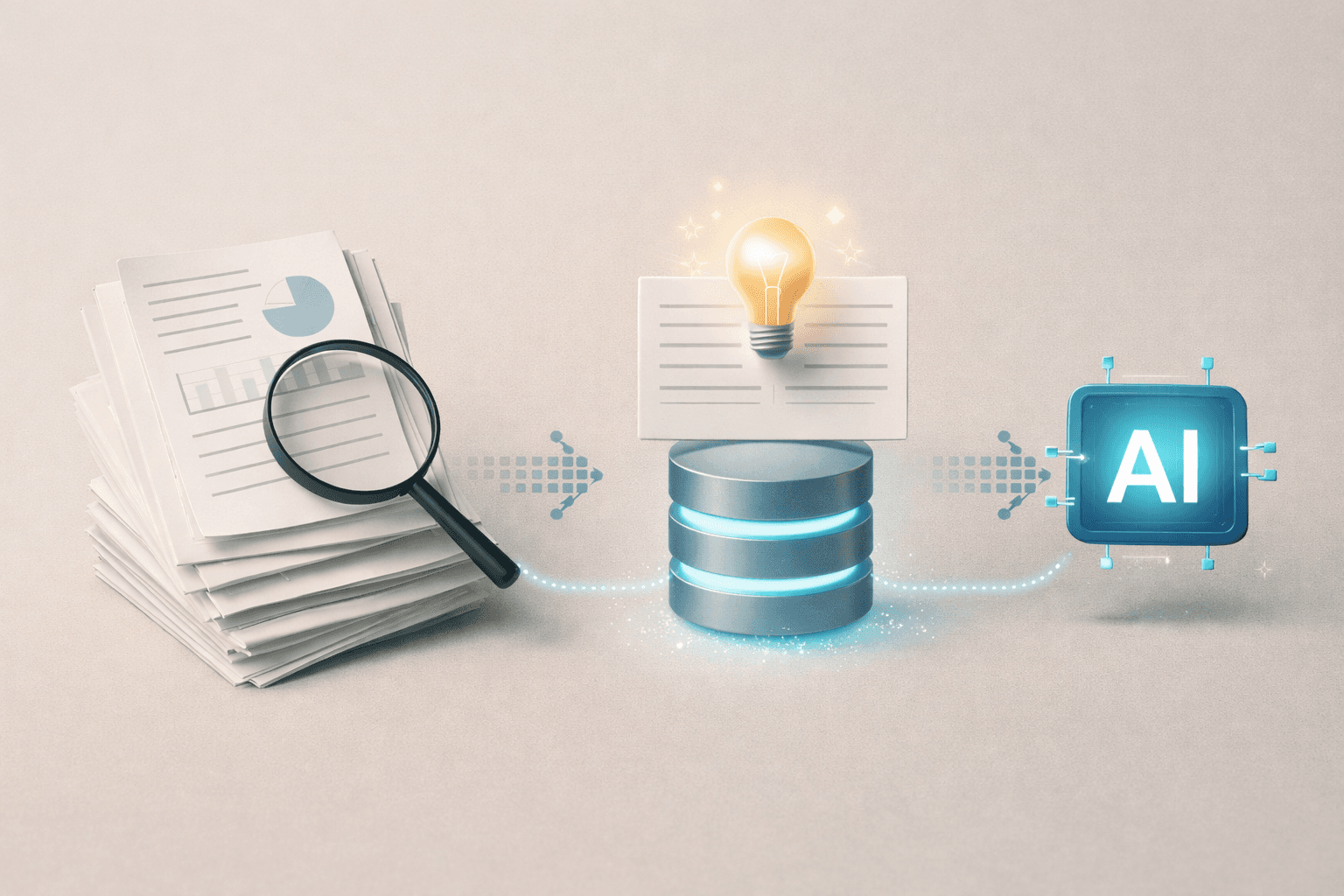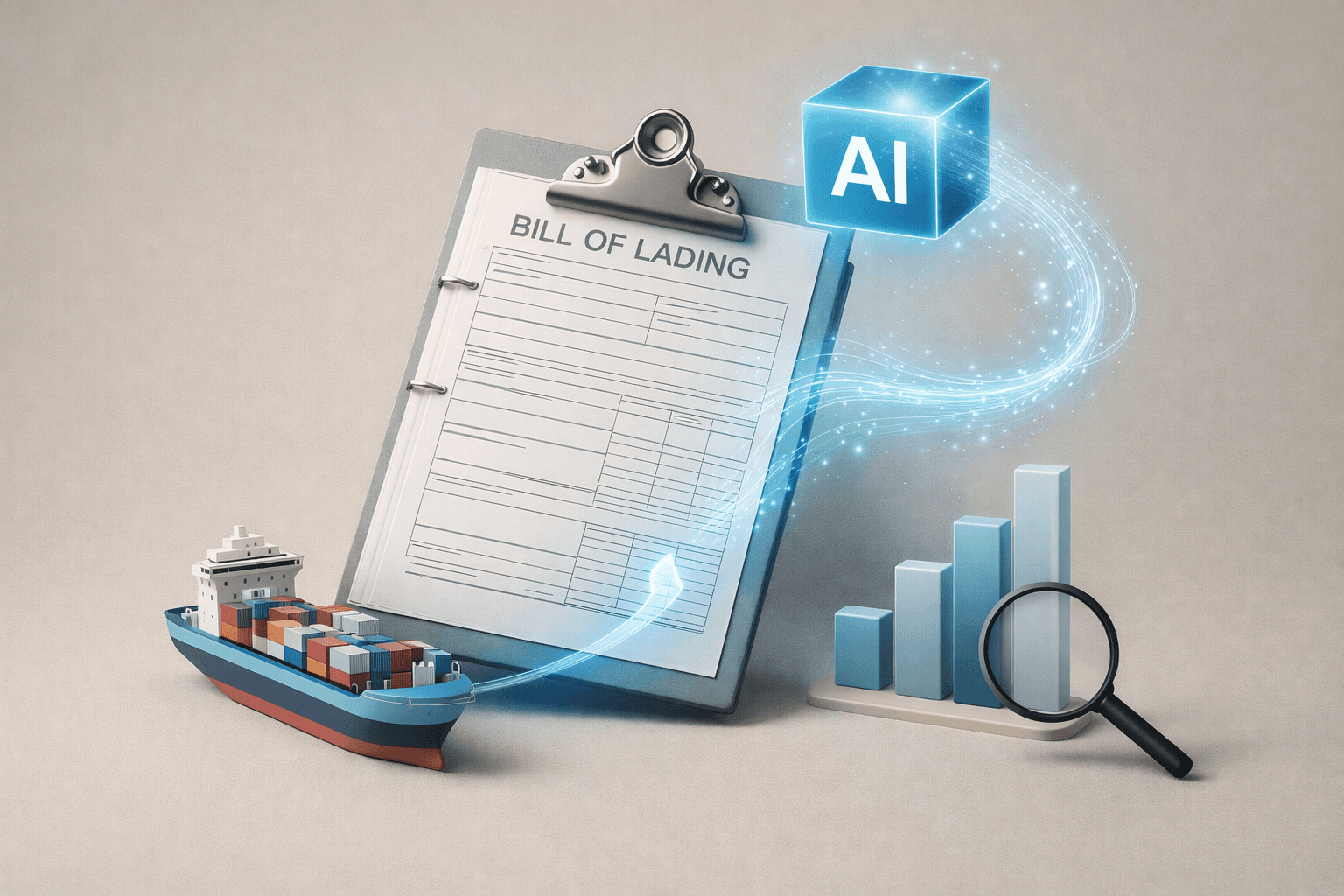Insight
What Is Compliance AI: An In-Depth Guide for Legal, Ethical, and Operational Governance
Sep 19, 2025
Definition and Importance of Compliance AI
Legal and Ethical Standards for AI Systems
Compliance AI refers to the development, deployment, and governance of artificial intelligence systems in a way that strictly adheres to applicable laws, regulations, and ethical standards. It involves embedding privacy, fairness, transparency, and accountability principles directly into AI architecture and operational workflows. This approach is essential in industries that handle sensitive information or are highly regulated, such as finance, healthcare, law, and government.
Beyond Technology: The Core of Responsible AI
Responsible AI must not only function correctly but also uphold legal, ethical, and societal norms. This includes minimizing risks like algorithmic bias, unexplainable decisions, and misuse of personal data. Compliance AI ensures that AI systems are not just optimized for performance, but also for auditability, traceability, and responsible outcomes. It's a core pillar for trustworthy AI and long-term innovation.
Industry-Specific Regulatory Needs (Finance, Healthcare, Public Sector)
Different sectors face unique regulatory environments. In finance, institutions must comply with KYC/AML (Know Your Customer / Anti-Money Laundering) regulations; in healthcare, HIPAA mandates strict patient data protections; and in the public sector, transparency laws and ethical standards are paramount. Moreover, global frameworks such as the EU AI Act, ISO/IEC 23894, and OECD AI Principles further raise the stakes. Compliance AI helps organizations align technical implementations with these varied regulatory demands.
Key Use Cases of Compliance AI
Automated Document Review and Policy Violation Detection
AI can rapidly scan and analyze large volumes of legal documents, policies, or internal memos to identify inconsistencies, missing clauses, or outdated language. This is especially useful in contract lifecycle management and internal policy auditing, where time and accuracy are both critical.
AML & Anomaly Detection with Automated Reporting
Machine learning models trained on historical transaction data can detect unusual patterns indicative of fraud or money laundering. Compliance AI enhances these systems with automated reporting features, maintaining detailed logs of alerts, risk scoring, and thresholds used—critical for regulatory review.
Third-Party Risk Assessment (Due Diligence)
AI-driven due diligence tools can evaluate external vendors by aggregating data on litigation history, financial stability, ESG performance, and sanctions. These insights can be integrated into procurement systems to provide real-time risk scoring and help teams make informed contracting decisions.
Regulatory Change Monitoring and Policy Updates
AI systems can track thousands of global regulatory sources to detect changes, interpret their relevance, and alert compliance officers. Advanced implementations even generate policy drafts or revision recommendations, drastically reducing manual workload and response time.
Core Compliance Requirements

Data Privacy (GDPR, HIPAA, CCPA, etc.)
AI solutions must respect individual privacy rights and data sovereignty. This includes robust consent management, data minimization, secure storage, and anonymization practices. Different jurisdictions have different standards, so systems must be adaptable to region-specific requirements.
Explainability and Transparency
Regulations increasingly demand that AI decisions be interpretable. Explainable AI (XAI) methods—such as feature attribution (e.g., SHAP, LIME), attention mechanisms, and surrogate models—can help stakeholders understand how conclusions are reached. This is vital for both internal validation and regulatory compliance.
Bias Detection and Fairness
AI must be trained and evaluated to minimize discriminatory impacts on protected groups. Fairness metrics such as Equal Opportunity Difference, Disparate Impact Ratio, and Conditional Use Accuracy Equality should be calculated regularly. Mitigation techniques like reweighting or adversarial debiasing should be implemented when necessary.
Audit Trail and Accountability
Every interaction with an AI system—who accessed it, what queries were made, what responses were returned—should be recorded in tamper-evident logs. This ensures traceability in the event of disputes, data breaches, or regulatory inquiries, and establishes a clear chain of accountability.
Internal Governance Structure
A comprehensive governance model should include cross-functional committees, formal approval processes for model deployment, regular risk assessments, and clearly documented roles and responsibilities. It should also involve continuous training for staff involved in AI system development, usage, or oversight.
Technical Architecture for Compliance AI
Explainable AI (XAI) Integration
Tools like SHAP, LIME, Anchors, and Integrated Gradients can be integrated into AI pipelines to provide post-hoc explanations. For high-risk applications, real-time interpretability and confidence scoring may be required.
Access Control and Data Security
Granular access policies based on roles (RBAC) or attributes (ABAC) must be implemented to restrict access to sensitive models or data pipelines. Encryption at rest and in transit, regular key rotation, and zero-trust network principles should be followed.
Model Risk Classification and Monitoring
Models should be tagged based on risk—low, medium, or high—based on their use case, potential harm, and data sensitivity. High-risk models should be subject to more rigorous testing, stakeholder review, and post-deployment monitoring for drift, bias, or accuracy degradation.
Regulatory Intelligence Modules
Natural Language Processing (NLP)-based modules can ingest, classify, and summarize regulatory texts. These can trigger alerts or generate compliance checklists for upcoming changes, helping teams stay ahead of evolving requirements.
How Wissly Supports Compliance AI
Fully On-Prem AI Document Search: Operates in air-gapped environments with no dependency on external APIs, ideal for regulated industries.
Traceable Responses and Citable Results: Each generated answer is tied to specific document sources, with highlights and metadata preserved.
Automated Sensitive Data Protection: Identifies and masks personally identifiable information (PII) like names, addresses, account numbers, etc.
Role-Based Access and Governance Support: Enables differentiated oversight for legal, GRC, engineering, and security teams with centralized audit logging.
Compliant RAG Architecture: Integrates retrieval-augmented generation pipelines with local models and document repositories.
Real-World Use Cases
Legal Teams: Use Wissly to identify outdated contract clauses, automate risk reviews, and support e-discovery tasks with high traceability.
Security Teams: Monitor the data flow and prompt behavior of internal and vendor LLM tools to prevent privacy leakage.
GRC Officers: Visualize enterprise-wide AI usage with unified dashboards, conduct impact assessments, and ensure reporting compliance.
AI Developers: Leverage built-in tools to validate prompts, manage model drift, and ensure compliance readiness throughout the ML lifecycle.
Conclusion: Laying the Groundwork for Trustworthy, Responsible AI
In today’s AI-driven landscape, compliance is no longer optional—it’s a prerequisite for sustainable growth and public trust. Organizations must proactively design systems that align with not only regulations but also ethical and societal expectations. This shift requires a multidisciplinary approach combining technology, policy, and governance.
Compliance does not stifle innovation—it channels it. A well-structured compliance framework enables confident deployment, faster stakeholder buy-in, and long-term reputational strength.
Wissly empowers organizations to operationalize responsible AI through secure, local-first document intelligence. Build your AI strategy on a foundation of compliance, transparency, and trust—starting now.
Recommended Content










